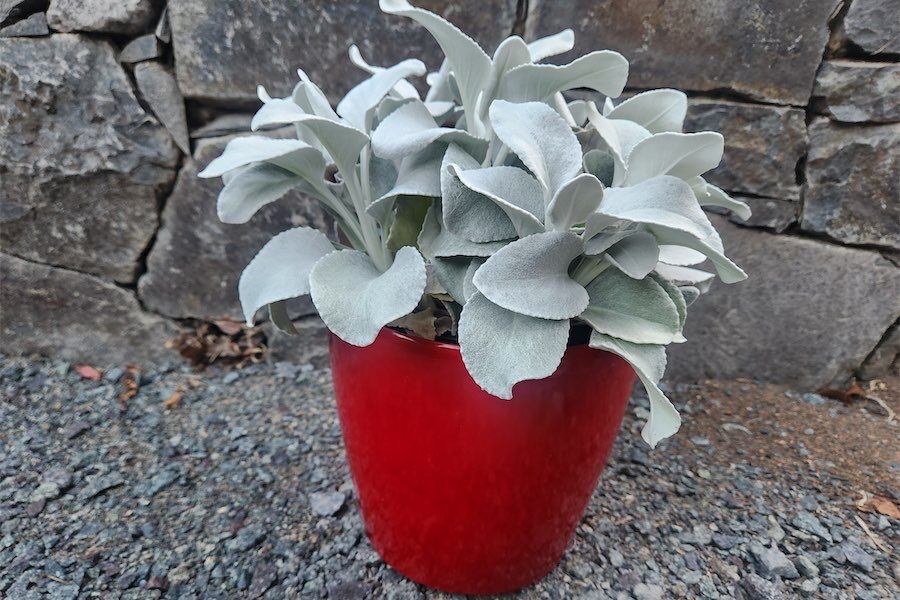
Tomatoes are probably the most common vegetable to grow in summer, but they don’t come without their problems, says gardening columnist JACKIE WARBURTON.
THERE are a tremendous number of pest and disease issues that can destroy a yield of tomatoes in a short amount of time.

Getting the soil conditions right first will go a long way to having a successful crop. Prepare the soil with lots of compost and get its pH to about 6.5. That and at least five to six hours of sunlight should get them growing well.
One of the most common issues in growing tomatoes is brown markings at the bottom of the fruit. It’s commonly called blossom end rot. In severe cases, the tomato base is blackened and all the fruit is spoiled and inedible.
There are many reasons this happens. First would be irregular or insufficient watering, which inhibits the plant from extracting calcium from the soil.
The soil or potting mix used to grow tomatoes needs a high pH for the plant to have access to minerals that it needs for the fruit and to be sweet, full of flavour and grow fast.
To prevent blossom end rot, add dolomite lime a few weeks before planting. The dolomite lime has added magnesium that helps grow larger fruit and prevents yellowing between the veins of the leaves.
Adding a sprinkle of dolomite lime after planting may help, but will take several weeks and set the plants back, so prevention is better than a cure in this case.
When tomatoes are growing well, use a fertiliser that’s low in nitrogen and specific for vegetable growing. Adding seaweed solution fortnightly will also help keep them growing strong.
Companion plants to grow them with are parsley, basil, calendulas and chives. They all attract bees to pollinate the flowers and also attract beneficial insects that eat insects that harm tomatoes.

FLOWERING now with a sweet scent is the wonga wonga vine (Pandorea pandorana) which grows well in our climate. It’s a fast- growing evergreen that likes part shade and can tolerate dry conditions when established.
It is an ideal choice to clothe a fence, wall or an archway and the more sun, the more flowers, so keeping the roots cool and the growth in the sun will encourage more flowers.
The twining stems will need to be trained on to its support when young and a light prune after flowering maintains a tidy shape. It can grow up to five metres or more and, for something a little unusual, there’s a yellow variety called Pandorea pandorana “Golden Showers” with smaller trumpet flowers and is just as spectacular.
Unfortunately, wonga wonga vines have a short flowering time but Pandorea jasminoides is a different variety that flowers for many months throughout spring and summer, longer lived and is available in many shades of pinks and whites. It has a much larger flower than its counterpart and needs more space to grow.
CANBERRA’S surrounding region has many garden clubs, which are a great way to enjoy the company of like-minded friends. National gardening week, October 15-21, is celebrated by all garden enthusiasts, organisations, business and local community garden clubs. It is used to celebrate the joy of gardens and activities for all ages. There’s more at gardenclubs.org.au
Jottings
- Spray for bindi in lawns when plants are small and before prickles develop.
- Fertilise all garden beds now the soil has warmed.
Who can be trusted?
In a world of spin and confusion, there’s never been a more important time to support independent journalism in Canberra.
If you trust our work online and want to enforce the power of independent voices, I invite you to make a small contribution.
Every dollar of support is invested back into our journalism to help keep citynews.com.au strong and free.
Thank you,
Ian Meikle, editor





Leave a Reply